Does she need anything else from the kitchen? “No, everything’s here.” When would she have time for the photoshoot? “I’m ready any time, all day.” It almost goes without saying that León has no problem managing a kitchen crew. She and her husband run three restaurants in Peru: Central and Kjolle in Lima, and Mil in Cusco. If the names sound familiar to you, it’s no coincidence: León’s husband, Virgilio Martínez, is the top dog at Central, which is currently sitting at number 6 on the World’s 50 Best Restaurants list.
Sieh dir diesen Beitrag auf Instagram an
When she first arrived there in 2010, she’d already spent time in New York and at Astrid y Gastón. She was just 22 years old at the time. “I never went out and partied, I was always forgetting friends’ birthdays,” she recalls of the early years of her career. She knew from the beginning where she wanted to end up: Central. Martínez was skeptical at first, but León quickly won him over (in more ways than one). “She has the kitchen under control,” is how they put it in the Netlix Chef’s Table episode about Central. Times have changed, though – Central isn’t her main project any longer. “I spent the last ten years working at Central with my husband,” León says. “Two years ago, we decided to relocate the restaurant from the Miraflores area to the Barranco area. That was when I knew it was time for me to create something new.” She opened Kjolle, her first restaurant of her own, directly beside Central. The name is taken from Quechua, the language of the indigenous people. Kjolle is a tree that grows at extremely high altitudes, competing with other species and battling difficult climatic conditions: harsh sunlight, little oxygen. But the kjolle flourishes; among other things, its bright yellow-orange blossoms are used in Peru to color tea. León uses natural colors to accentuate her own dishes as well. She’s always on the hunt for new products to do it with. Today, she’s brought several of them along to Graz. “I’m going to use them to prepare three dishes today, to present our three restaurants,” León explains.
Sieh dir diesen Beitrag auf Instagram an
León’s cuisine in one word: colorful
The first dish is from a tasting menu at Central, where Martínez is the head chef. León starts with a familiar ingredient – she dices an avocado. “We normally eat them cold,” she explains, “but today we’re serving them warm.” Next, she picks up an arakacha, a tuber from the Andes that looks like an elongated potato. She uses it to create a bright-yellow puree, which she mixes with the avocado. Next comes amaranth, which the Peruvian calls “kiwicha.” She says she’ll be coloring it three ways. First up is orange: annatto seeds. “Now we’ll be using an ingredient we call purple corn.” When she stirs it into the amaranth, it takes on the same lilac color. “And we’ll use the amaranth leaves to create a green dye,” León continues. After that, she adds the various hues of amaranth to the avocado. “The Mater Iniciativa was how we learned to use natural food dyes,” she adds. Martínez’s sister, Malena, is behind the initiative, which travels around Peru discovering new products, whether on the coast, in the Andes, or in the Amazon. Malena Martínez leads the expeditions, and also serves as the foundation’s research director. León and her husband frequently join her on her travels to discover everything the Peruvian natural world has to offer – and to learn from indigenous tribes.
Incan culinary treasures
The dedicated regionalist puts some of that knowledge on display in the second dish, which is named after its traditional origins: huatia. “Now I’m going to show you a very traditional dish that the Incas prepared in the huatia, a natural oven,” León says. The huatia was a pyramid-shaped pile of stones with a fire in the middle; the stones held their shape through gravity alone, with no natural glue or bindings keeping them together. The tubers prepared within it are first wrapped in a kind of “dough”. “We make the dough out of natural clay, salt, a little water, and a bit of ash.” She sets about kneading and rolling. “We’re also celebrating Mother Earth here.” She rolls part of the dough into a round, places a variety of Peruvian root vegetables inside it, and then covers the whole thing with the rest of the dough, shaping the whole thing into a little molehill.
At her restaurant in Peru, León prepares the huatia in the oven, baking it for around an hour; the fire-pit method requires a bit longer. Traditionally, cooks would prepare a sauce while they waited. Up on stage, though, she speeds the process along a bit with the help of a Bunsen burner. Then she cuts the hot mass open. It steams. It gleams. The tubers are bright pink and yellow. They’re served with uchucuta, the traditional Incan sauce. This dish hails from Mil, the restaurant the culinary power couple runs in Cusco. “I think Cusco is a fantastic place,” she says. “Because of its history, because of its people, and because of the products we find there.” León describes it as the heart of the Andes, and it was the heart of high Incan culture as well – the former capital, Machu Picchu, is just a few hours’ drive away.
“Has anyone here ever been to Peru?” León asks the audience. Three hands go up. “Only three of you? Everyone, please come!” León says it with a mixture of humility and appreciation. It’s a country she’s happy to rediscover over and over again, and her customers can certainly taste that in her food. Many of the ingredients she uses at Kjolle have Quechua names, because there are no Spanish words for them in Peru yet.
Cuisine as diverse as Peru itself
Which makes her third course that much more surprising: ceviche, the Peruvian national dish. First impressions aren’t everything, though – the chef has an ace up her sleeve. “We’ll be combining coastal ingredients with ingredients from the Andes,” she says. She prepares the leche de tigre, the liquid base for the ceviche, out of a bright red Andean tuber called mashwa. “We brought it from Lima,” León says. “And we didn’t have any problems at the airport.” That may have been a veiled reference to her husband, who was recently detained by LAX customs officials for five hours – the 40 frozen piranhas in his luggage were apparently too much of a good thing.
As always, though, León herself has everything under control, though this particular fish makes things a bit easier: the bass she’s using in this particular demonstration is from here. For presentation purposes only, of course. León’s actual kitchen in Lima doesn’t use a single ingredient that’s from outside Peru. She doesn’t have to – the country is 15 times the size of Austria, with an unparalleled diversity that the couple’s three restaurants proudly reflect.
Award-winning
“I’m very active, and I enjoy being out in nature. I love getting out of the kitchen to have great conversations and learn about new things: people, cultures, products, climates, geography. That’s what inspires me again and again every day,” the Peruvian said in Fall 2018, when she was recognized as Latin America’s Best Female Chef. “I was always afraid that Kjolle wouldn’t be able to keep up with Central,” she added. Though León has always had a lot of ideas – including at Central – she remained in the background for a long time. Now those days are over, because she’s running her own, highly successful restaurant. In a way, it’s almost like she’s just started writing her story. “We have a really strong team,” she says. Half of the members happen to be women, she adds, though that wasn’t necessarily intentional. One of those women is up on stage with León now: Camila Chavez. She shares her head chef’s calm focus, and works with the same meticulous precision. The two of them often travel around the world together – Japan is next on their list. León will have to head to Singapore soon as well: for the World’s 50 Best Restaurants awards.
“Unfortunately, we can’t stay in Graz for long,” Latin America’s Best Female Chef says regretfully at the end of her presentation. “But we’ll be back!” she assures the audience.


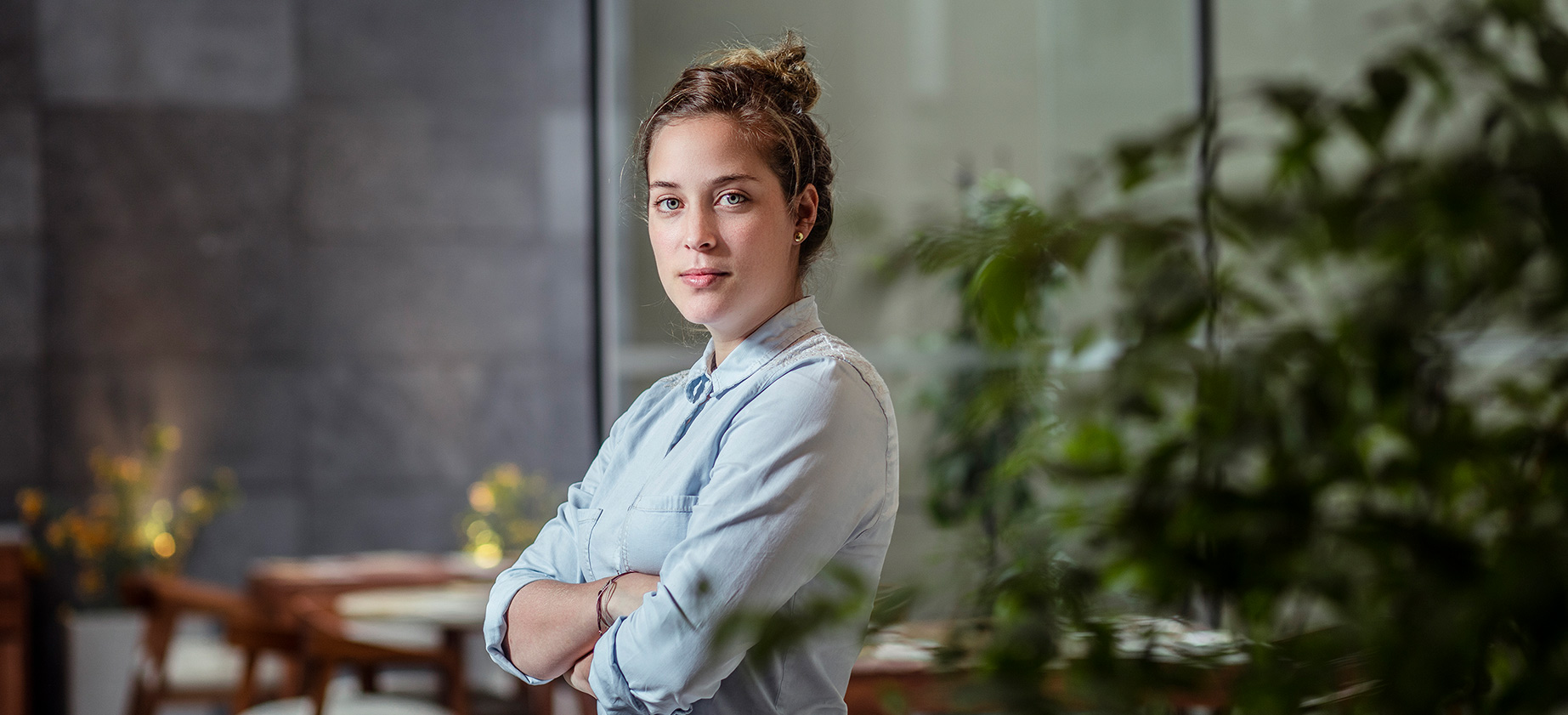







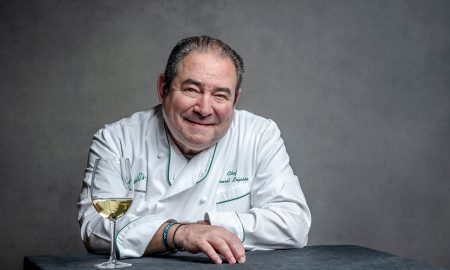
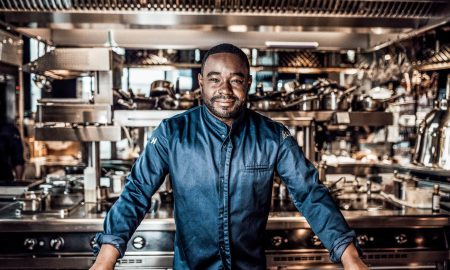
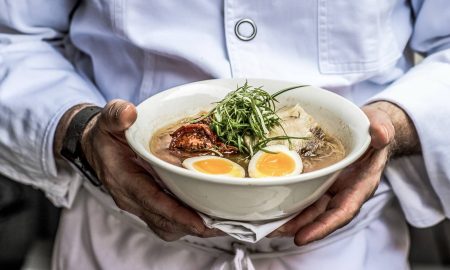
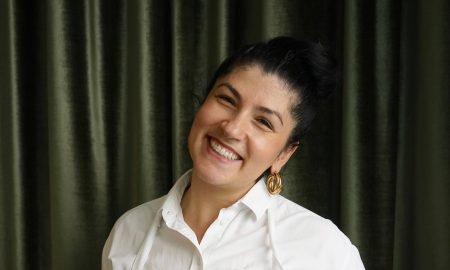
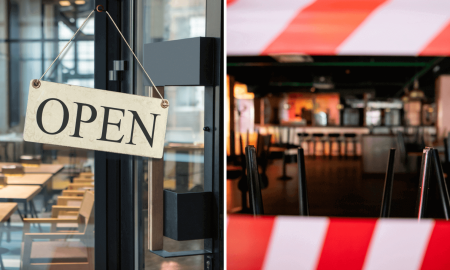
Pingback: Spot: León | KTCHNrebel